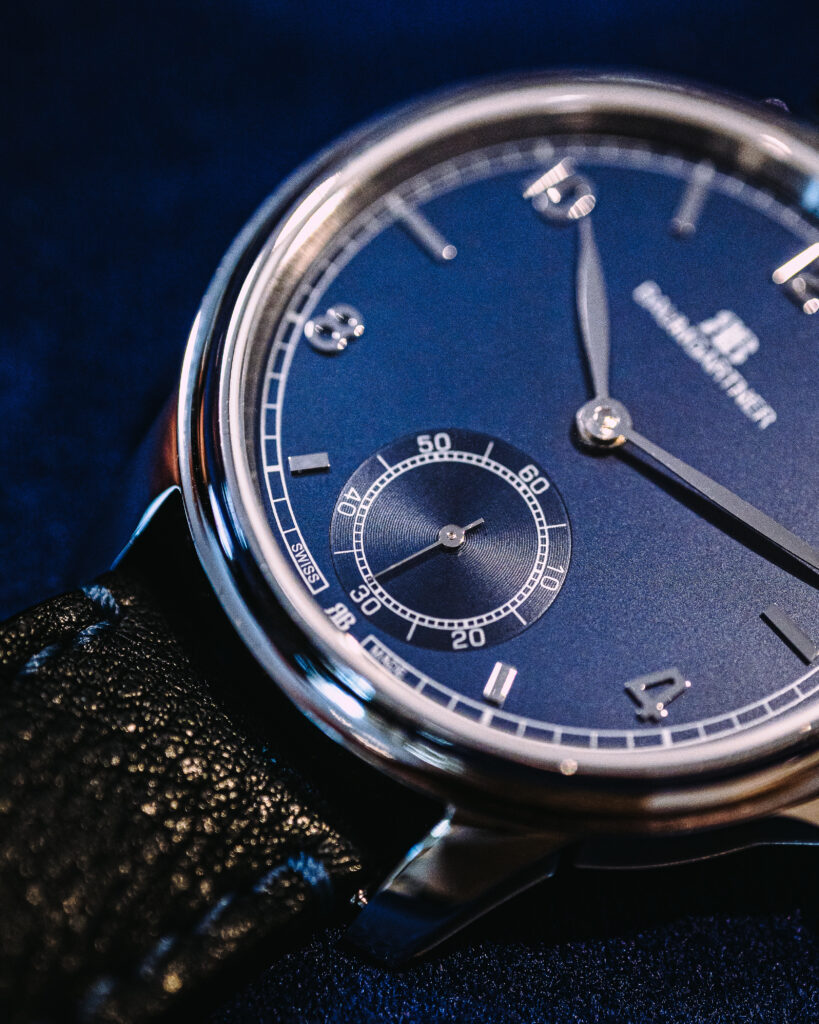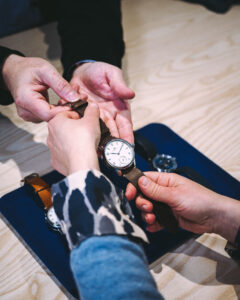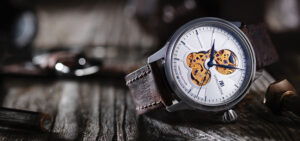The fascination of the “small second” in mechanical watches
In the world of watches, the “small second” is a characteristic feature that offers not only functionality but also a nostalgic appeal. This subtle but striking function is found relatively frequently in mechanical timepieces and often only reveals its charm at second glance.
The meaning of “small second”
The “small second” refers to a separate display for the seconds on its own smaller dial within the main dial of a watch. While the main dial displays the hours and minutes, the seconds are shown on a separate sub-dial. This function not only has aesthetic value, but also serves functional purposes.
History and development
Its origins date back to the pocket watch era of the 18th century. At this time, watchmakers began to display the seconds on separate dials in order to read the time more clearly and precisely. This aesthetic design later found its way into wristwatches and became a popular style feature.
The “small second” became a kind of masterpiece of the watchmaker’s art, as its implementation in mechanical watches required precise adjustments to transfer the movements of the seconds hand from the main movement to the separate dial.
Function and aesthetick
The “small second” is particularly common at the six – in the centre of the lower half of the dial. The advantage of this position is that the dial then appears symmetrical and balanced. The upper half of the dial is relatively rarely used for the seconds display, as the logo and brand name of the watch manufacturer are usually placed there. Today, the design-related reasons for the placement of the “small seconds” have faded into the background due to the more diverse technical possibilities and, in principle, almost any position could be realised in this respect.

Small seconds display on chronographs and in combination with other complications
While the complication with the seconds display on an additional dial in a conventional three-hand watch is nowadays usually only a purely aesthetic alternative to the centre seconds, it does have practical relevance in chronographs. This is because the long second hand typical of three-hand watches with central seconds is usually required for the stop function in analogue chronographs. For this reason, the seconds of the current time are usually displayed on one of the two or three sub-dials of the chronograph.
Conclusion
The “small second” remains a timeless feature in the world of watches, offering not only functionality but also representing the history and art of watchmaking. Its subtle presence on the dial of a watch reminds us how a small detail can make a big difference in the design and perception of a timeless accessory.
The “small second” is more than just a display for seconds – it is a symbol of precision, elegance and the continuity of craftsmanship in the world of timekeeping.
ÄHNLICHE BEITRÄGE

Watch care – 3 simple tips to make your watch last a lifetime

BASCULE: A unique combination of tradition and craftsmanship

